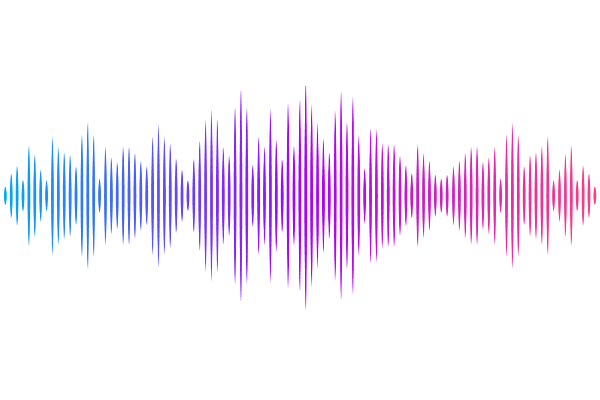Electrospun Poly(ε-caprolactone) Membranes Modified with Heparin and Essential Fatty Acids for Biomedical Applications

Electrospun Poly(ε-caprolactone) Membranes Modified with Heparin and Essential Fatty Acids for Biomedical Applications
Farias, T.; Ricardo, J.; Cunha, J.; Bracelay, Y. R.; Dip, A.; Bastos, I.; Segala, K.; Junior, J. S.; Talu, s.; Paula, M.; Brito, W.
AbstractThe study aimed to enhance wound healing by modifying poly({varepsilon}-caprolactone) (PCL) membranes with sodium heparin (HS) and Essential Fatty Acids (EFA). Electrospinning was used to prepare the membranes containing the maximum concentration of HS and AGE, which were then sterilized with ozone. Microbiological tests confirmed effective sterilization. The membrane characterization included scanning electron microscopy (SEM) for morphological analysis, wettability studies for contact angle determination, Fourier transform infrared spectroscopy (FT-IR) analysis, and thermogravimetry (TGA) for thermal analysis. Results indicated successful preparation and sterilization of PCL membranes modified with HS and EFA. Morphological analysis showed well-formed and randomly distributed fibers, although the PCL+HS membrane exhibited beads on its fibers. Adding HS and EFA affected the fiber diameter, with PCL+HS fibers having a smaller diameter than pure PCL and PCL+EFA fibers. Wettability analysis demonstrated modified surface properties with reduced contact angles. FT-IR analysis showed slight contributions of HS and EFA in the modified PCL membranes, while thermal analysis revealed no substantial changes in thermal stability. In conclusion, PCL membranes modified with HS and EFA can potentially accelerate wound healing, presenting an innovative and cost-effective approach to treating skin injuries.